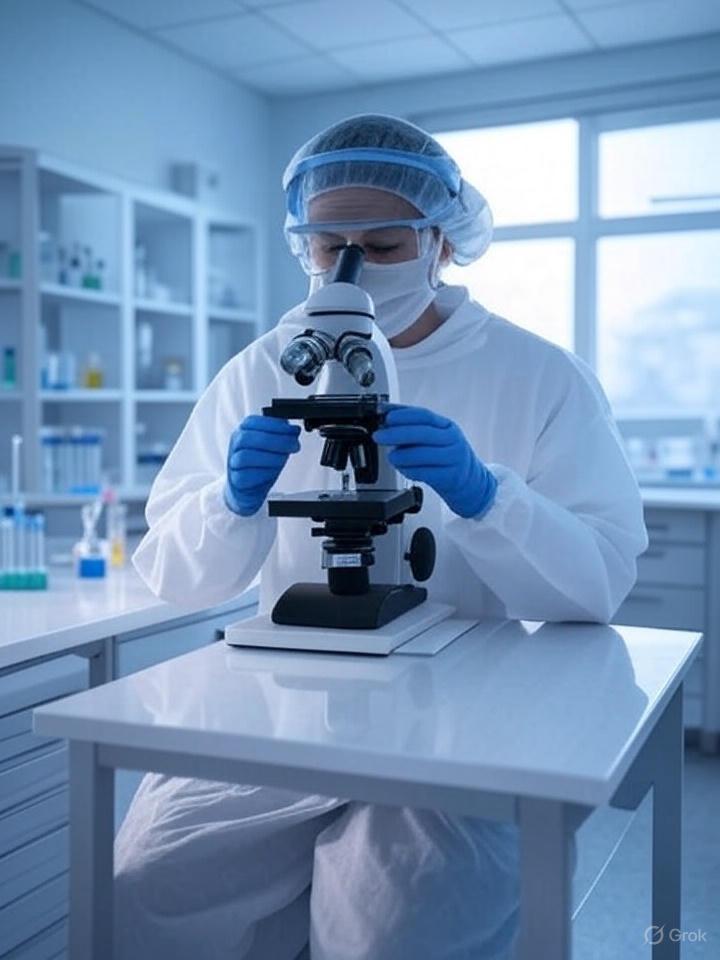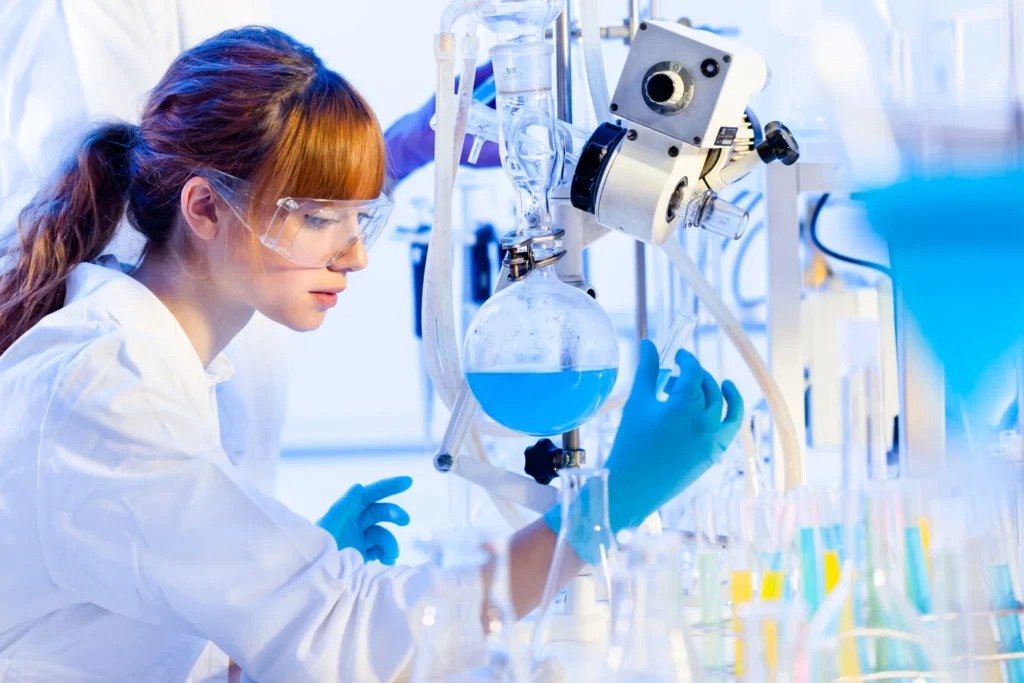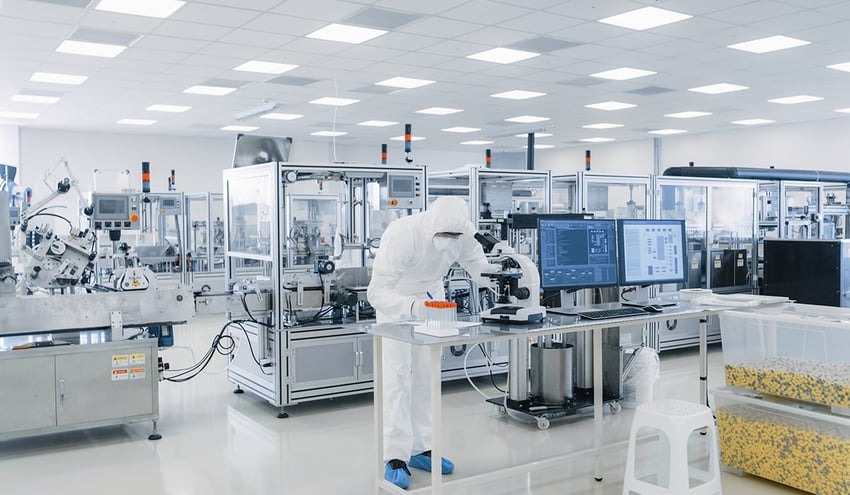The Complete Guide for Professionals, Researchers, and Entrepreneurs
Introduction
A clinical toxicology laboratory is a vital asset for healthcare, research, industry, and education. Its significance has soared with the rise of chemical exposures, drug misuse, environmental hazards, and the growing need for regulatory compliance in medical, industrial, and food sectors. For professionals, researchers, and business owners, establishing a clinical toxicology lab requires strategic planning, regulatory navigation, and investments in the right infrastructure and expertise. With this in mind, this authoritative guide walks you through every aspect of clinical toxicology lab setup to help you launch a state-of-the-art facility. SEO-friendly keywords such as clinical toxicology lab setup, clinical toxicology equipment, toxicology laboratory business plan, laboratory accreditation, medical labs, research labs, industrial labs, and educational labs are woven throughout for enhanced visibility.

What is a Clinical Toxicology Lab?
A clinical toxicology lab specializes in detecting, identifying, and quantifying toxic substances—including drugs, poisons, chemicals, and environmental contaminants—in human, animal, and environmental samples. These labs:
- Protect public health by supporting emergency care and poisoning response
- Drive research on new toxins, pharmaceuticals, and antidotes
- Support industries by ensuring environmental, workplace, and product safety
- Enhance education by training the next generation of toxicologists and lab technicians
Core Functions and Services
Clinical toxicology labs offer a diverse array of services, including:
- Drug and poison detection in blood, urine, tissues, food, water, and environmental samples
- Therapeutic drug monitoring for patient care
- Forensic toxicology for medico-legal investigations
- Workplace and industrial monitoring for regulatory compliance
- Research studies on pharmacokinetics, toxicodynamics, and environmental health
- Academic training in toxicology and laboratory methods
Step 1: Define Your Lab’s Purpose and Scope
Before you set up a lab, clarify its focus:
- Medical labs: Emphasize rapid clinical diagnosis and support for emergency departments and ICUs
- Research labs: Prioritize advanced analytics, instrumentation, grant-funded projects, and method development
- Industrial labs: Focus on occupational exposure, compliance testing, and environmental monitoring
- Educational labs: Center on hands-on training, basic and advanced analytical techniques, and curricular integration
Step 2: Market Analysis and Strategic Business Planning
Target Markets
- Hospitals, clinics, and trauma centers
- Academic and research institutions
- Pharmaceutical and chemical industries
- Environmental agencies and regulatory bodies
- Food and beverage manufacturers
Competitive Assessment
- Map existing clinical toxicology labs in your region
- Analyze their service portfolios and pricing
- Identify market gaps (e.g., rapid screening, rare toxin detection, training programs)
Business Model and Revenue Streams
- Clinical diagnostics (sample analysis, drug monitoring, poison identification)
- Industrial compliance testing and environmental surveillance
- Research grants and contractual laboratory services
- Academic collaborations and fee-based training
Financial Planning
- Project initial investment, recurring operational costs, and revenue forecasts
- Secure funding via grants, institutional support, bank loans, or private investment
Step 3: Regulatory Compliance and Accreditation
Mandatory Licenses and Certifications
- Local/statutory clinical establishment license (often mandatory for labs handling human specimens)
- NABL accreditation (ISO 15189 or 17025) for quality and credibility
- Pollution control board approval for chemical and biohazardous waste management
- Biosafety certification according to laboratory biosafety level requirements (typically BSL-2 for toxicology labs)
Quality Management
- Implement a robust Quality Management System (QMS)
- Maintain Standard Operating Procedures (SOPs), calibration logs, and training documentation
- Participate in internal and external proficiency testing programs
Ethical Compliance
- Follow guidelines for human research, patient confidentiality, and, if applicable, animal experimentation
Step 4: Facility and Infrastructure Planning
Location and Accessibility
- Prefer locations with easy access for clients, sample logistics, and regulatory inspectors
- Avoid proximity to sources of contamination (e.g., refuse dumps, open drains)
Space Allocation
- Reception, waiting area, and sample accessioning
- Pre-analytical area for sample preparation (centrifugation, aliquoting, labeling)
- Analytical/testing sections organized by technique (wet chemistry, chromatography, molecular analysis)
- Dedicated instrument rooms for mass spectrometry, GC, LC, etc.
- Security-controlled storage for toxic chemicals and controlled drugs
- Waste management and decontamination zones
- Staff amenities: break rooms, washrooms, PPE storage
Utilities
- Redundant power supply with backup generators or UPS
- Constant, clean water supply and drainage
- Efficient HVAC systems for temperature and humidity control
Safety Measures
- Smooth, impervious flooring and easy-to-clean wall finishes
- Fire safety equipment, emergency exits, and clear signage
- Ventilated fume hoods and biosafety cabinets
- Handwashing stations with foot or sensor-operated faucets
Step 5: Procurement of Equipment and Technology
Core Equipment
| Equipment | Function |
|---|---|
| Gas/Liquid Chromatograph (GC/LC, LC-MS/MS) | Identification and quantification of drugs, toxins, and environmental contaminants |
| Mass Spectrometer | Highly sensitive confirmation of trace toxins |
| Immunoassay (ELISA) System | Drug, hormone, and pesticide residue analysis |
| Atomic Absorption Spectrometer | Heavy metal detection (lead, mercury, arsenic) |
| PCR Systems (conventional/real-time) | Genetic/biomarker-based toxin screening |
| UV/Vis Spectrophotometer | General analysis of chemicals and metabolites |
| Centrifuge, incubator | Sample processing |
| Fume hood, biosafety cabinet | Safe chemical/biological handling |
| Refrigerators, freezers, deep freezers | Storage of samples and reagents |
| Analytical balance, pipettes | Precision weighing and liquid measurement |
| IT systems and Laboratory Information Management System (LIMS) | Sample tracking, results, reporting |
Support and Ancillary Equipment
- PPE (Personal Protective Equipment)
- Vortex mixers, water baths, hot air ovens
- Glassware and plasticware for sample handling
Step 6: Staffing and Training
Core Team
- Lab Director/Manager: Oversees compliance, finance, and quality systems
- Toxicologists/Clinical Chemists: Interpretation and consultation
- Medical Laboratory Technologists: Routine and specialized analyses
- QA/Compliance Officer: Documentation and audits
- Technical Assistants: Sample logistics, support
- Administrative and IT support: Billing, reporting, client management
Skill Development
- Mandatory induction and periodic hands-on equipment training
- Awareness and drills for biosafety, spill management, and waste disposal
- Ongoing professional development (certifications, workshops, conferences)
Step 7: Laboratory Design and Workflow
Zoning and Unidirectional Flow
- Reception and pre-analytical zones near the entrance
- Distinct “clean” (sample preparation) and “contaminated” (testing) zones
- Segregation for high-risk toxin analysis and molecular diagnostics
- Secure storage for standards, controlled drugs, and hazardous reagents
- Separate administrative office and laboratory areas
Workflow Optimization
- Use of barcode tracking and LIMS from sample receipt to report generation
- Automation (robust analyzers, electronic pipetting, etc.) for high-throughput sections
- Clearly documented SOPs for all analytical and administrative tasks
Step 8: Safety, Biosafety, and Environmental Practices
Biosafety Protocols
- BSL-2 practices for most clinical toxicology labs; higher BSL as required
- Universal precautions for all specimens
- Segregated hazardous chemical and biological waste collection
- Emergency protocols for spills, exposures, poisonings, and chemical fires
Environmental Controls
- Proper ventilation and negative pressure in analytical areas
- Fume hoods for volatile chemicals
- No recirculation of air from contaminated zones
Waste Management
- Dedicated storage for biohazard, chemical, and sharps waste
- Partnership with certified biomedical and hazardous waste handlers
- Regular disinfection of workspaces and equipment
Step 9: Quality Control and Accreditation
Internal Quality Assurance
- Daily/weekly instrument calibration checks
- Routine use of QC samples and standards
- Documented maintenance schedules
External Quality Assurance
- Participation in proficiency and inter-lab comparison schemes (national/international)
- Periodic third-party audits, required for NABL and ISO accreditation
Step 10: Financial Management
Startup Costs
- Facility renovation and compliance: construction, HVAC, biosafety installations
- Equipment procurement and calibration
- IT infrastructure (computers, servers, LIMS)
- Initial supply of reagents, standards, disposables
- Recruitment and training
Operational Expenses
- Consumables: reagents, test kits, PPE, calibration standards
- Utilities: power, water, waste disposal
- Equipment maintenance and service contracts
- Accreditation renewal and compliance documentation
- Insurance (liability, theft, fire, contamination)
Revenue Streams
- Diagnostics (patient samples, industrial/employer referrals)
- Contract research and consultancy
- Training programs and academic collaborations
- New test development and validation for industry
Step 11: Marketing and Growth Strategies
- Digital Marketing: SEO-optimized website, professional social media, and targeted email campaigns
- Networking and Partnerships: Hospitals, industrial clients, academic institutions, public health agencies
- Quality Differentiation: NABL/ISO accreditation, rapid turnaround, advanced instrumentation
- Educational Outreach: Workshops, webinars, collaborative internships
Recent Trends and Innovations in Clinical Toxicology
- Automation and Robotics: High-throughput drug testing, automated sample prepping
- Digital Toxicology: LIMS integration, e-reporting, tele-consultation for remote sites
- Omics and Biomarker Discovery: Advances in proteomics, metabolomics, and genomics for new toxin markers
- Green Chemistry: Energy-efficient equipment, reduced reagent consumption, and eco-friendly disposables
- Artificial Intelligence: Pattern recognition for results validation and outbreak detection
Checklist for Setting Up a Clinical Toxicology Lab
- Define lab purpose and services
- Conduct market and feasibility study
- Prepare a detailed business plan
- Obtain all regulatory licenses and plan for accreditation
- Design facility layout for workflow and compliance
- Procure suitably validated equipment and LIMS
- Recruit and train a multidisciplinary team
- Institute safety and quality control protocols
- Build a go-to-market strategy and networking plan
- Plan for continuous capacity building and innovation
Conclusion
Launching a clinical toxicology lab brings science, regulatory discipline, and entrepreneurial vision together. By following the step-by-step process outlined here—from business planning and compliance to facility design and technology adoption—you can build a lab that meets the critical needs of healthcare, research, industry, and education. Stay proactive, make compliance your culture, and invest in quality and continuous improvement to create a lasting impact in the field of toxicology.
Keywords Used
- clinical toxicology lab setup
- clinical toxicology equipment
- toxicology laboratory business plan
- medical labs
- research labs
- industrial labs
- educational labs
- laboratory accreditation
- laboratory safety protocols
- toxicology tests
- laboratory workflow
- laboratory quality control
- diagnostic toxicology
- laboratory compliance
- laboratory marketing strategies



